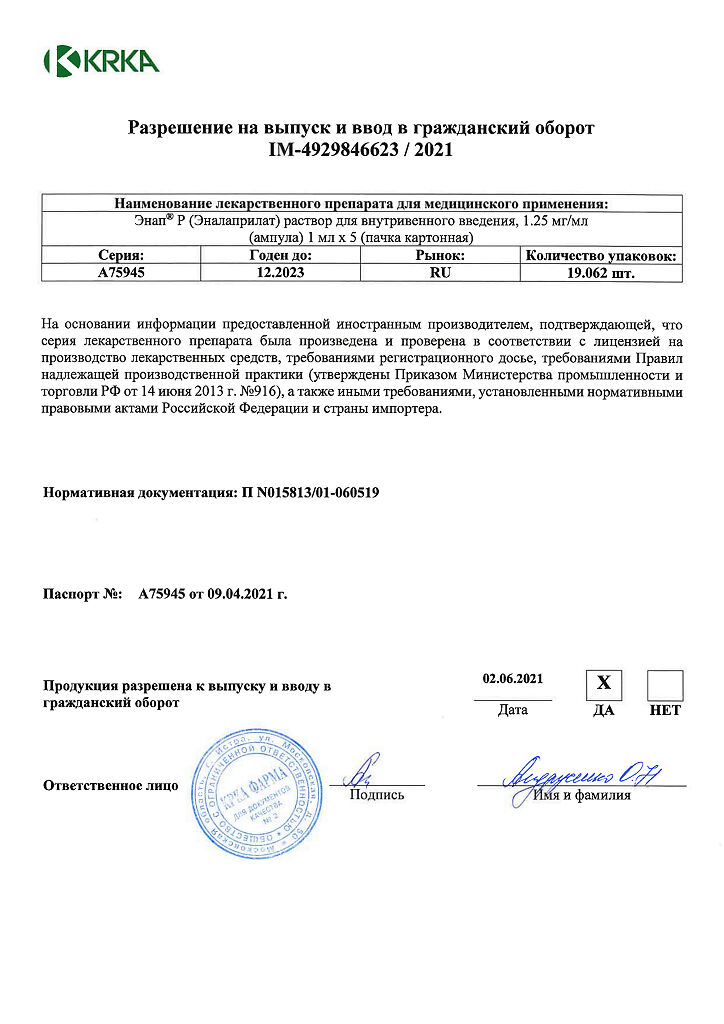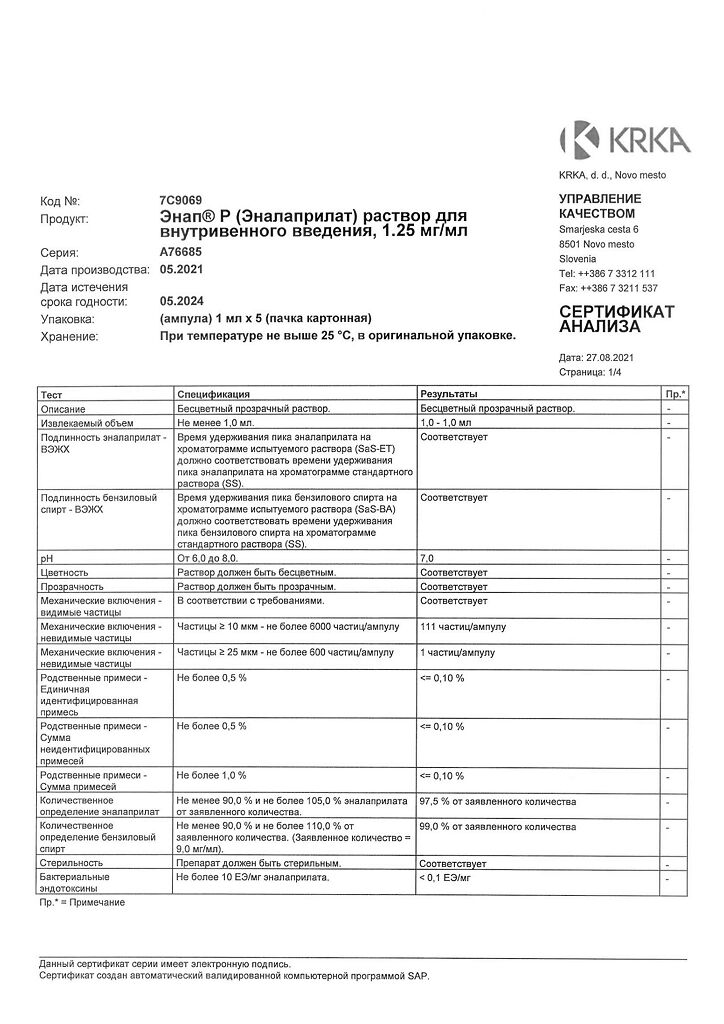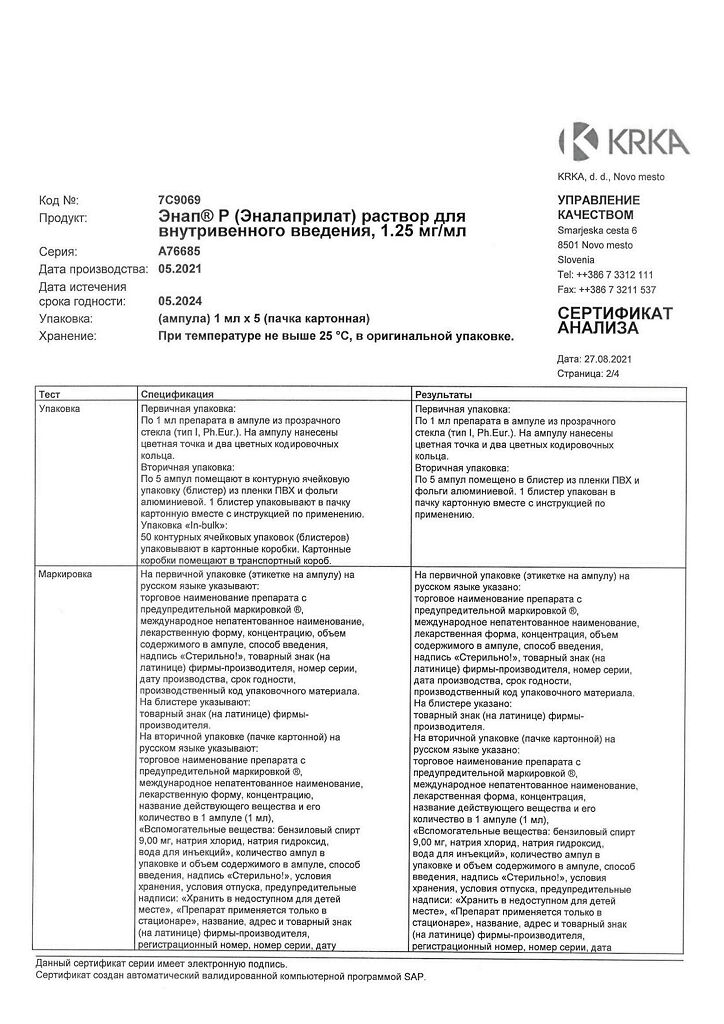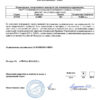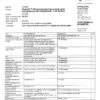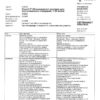No products in the cart.
Enap R, 1.25mg/ml 1 ml 5 pcs
€1.00
Out of stock
(E-mail when Stock is available)
Description
Enap is an antihypertensive drug whose mechanism of action is associated with inhibition of angiotensin-converting enzyme activity, resulting in reduction of angiotensin-II formation.
Enalapril is a “prodrug”: as a result of its hydrolysis it produces enalaprilate which inhibits ACE. Its mechanism of action is related to the reduction of angiotensin I to angiotensin II, the reduction of which leads to a direct reduction of aldosterone secretion. This decreases total peripheral vascular resistance, systolic and diastolic blood pressure (BP), post- and preload on myocardium.
Dilates arteries to a greater extent than veins, and there is no reflex increase in heart rate.
The hypotensive effect is more pronounced at high plasma renin levels than at normal or reduced levels. Reduction of blood pressure (BP) within therapeutic limits has no effect on the cerebral blood flow, the blood flow in the brain vessels is maintained at a sufficient level even against the background of reduced blood pressure. It enhances coronary and renal blood flow.
Long-term use reduces hypertrophy of the left ventricular myocardium and myocytes of the resistive arterial walls, prevents the progression of heart failure and slows the development of left ventricular dilatation. Improves blood supply to ischemic myocardium. Reduces platelet aggregation.
It has some diuretic effect.
The time of onset of hypotensive effect when taken orally is 1 hour, reaches a maximum after 4-6 hours and lasts up to 24 hours. In some patients, therapy for several weeks is necessary to achieve optimal blood pressure levels. In heart failure, a noticeable clinical effect is observed with long-term use – 6 months or more.
Indications
Indications
arterial hypertension,
heart failure,
asymptomatic left ventricular dysfunction (as part of combination therapy).
Pharmacological effect
Pharmacological effect
Enap is an antihypertensive drug whose mechanism of action is associated with inhibition of the activity of angiotensin-converting enzyme, leading to a decrease in the formation of angiotensin-II.
Enalapril is a “prodrug”: as a result of its hydrolysis, enalaprilat is formed, which inhibits ACE. The mechanism of its action is associated with a decrease in the formation of angiotensin II from angiotensin I, a decrease in the content of which leads to a direct decrease in the release of aldosterone. At the same time, total peripheral vascular resistance, systolic and diastolic blood pressure (BP), post- and preload on the myocardium decrease.
It dilates arteries to a greater extent than veins, while there is no reflex increase in heart rate.
The hypotensive effect is more pronounced with high plasma renin levels than with normal or reduced levels. A decrease in blood pressure (BP) within therapeutic limits does not affect cerebral circulation; blood flow in the vessels of the brain is maintained at a sufficient level even against the background of reduced blood pressure. Strengthens coronary and renal blood flow.
With long-term use, hypertrophy of the left ventricle of the myocardium and myocytes of the walls of resistive arteries decreases, prevents the progression of heart failure and slows down the development of left ventricular dilatation. Improves blood supply to ischemic myocardium. Reduces platelet aggregation.
Has some diuretic effect.
The onset of the hypotensive effect when taken orally is 1 hour, reaches a maximum after 4-6 hours and lasts up to 24 hours. In some patients, therapy over several weeks is necessary to achieve optimal blood pressure levels. In heart failure, a noticeable clinical effect is observed with long-term use – 6 months or more.
Special instructions
Special instructions
Car drivers should use Enap with caution. When used simultaneously with diuretics and beta blockers, the effect of the drug Enap is enhanced, and with non-steroidal anti-inflammatory drugs the effect is reduced.
Arterial hypotension (a sharp decrease in blood pressure) can be observed (even several hours after taking the first dose) in patients with severe heart failure or severe renal impairment, as well as in patients with fluid and electrolyte imbalance caused by treatment with diuretics, a salt-free diet, diarrhea, vomiting, or those on hemodialysis. A marked decrease in blood pressure (BP) usually manifests itself in the form of nausea, increased heart rate (HR) and fainting.
If arterial hypotension develops, the patient should take a horizontal position with a low headboard and call a doctor.
Active ingredient
Active ingredient
Enalaprilat
Composition
Composition
1 ml:
– enalaprilat 1.25 mg
Excipients:
benzyl alcohol,
sodium chloride,
sodium hydroxide,
water d/i.
Contraindications
Contraindications
hypersensitivity to enalapril or other components of the drug,
hypersensitivity to other ACE inhibitors,
history of angioedema, including those associated with the use of ACE inhibitors (an allergic reaction with severe swelling of the lips, face, neck and possibly arms and legs, accompanied by suffocation and hoarseness),
porphyria,
patients who have ever had angioedema.
Side Effects
Side Effects
dry cough,
pharyngitis,
laryngitis,
dizziness when standing upright, palpitations, chest pain,
impaired renal function and blood picture,
nausea, vomiting, abdominal pain,
skin allergic reactions,
headache, depression, sleep disturbances,
increase in potassium in the blood.
Interaction
Interaction
The patient should refrain from drinking alcoholic beverages, since ethanol enhances the reduction in blood pressure (BP) by enalapril.
The simultaneous use of enalapril and diuretics or other antihypertensive drugs increases the effectiveness of these drugs.
Interactions with drugs used to treat heart failure (cardiac glycosides) are not clinically significant.
Before surgery, you should inform the doctor that the patient is taking enalapril, since there is a risk of developing arterial hypotension during general anesthesia.
The simultaneous use of enalapril and non-steroidal anti-inflammatory drugs (NSAIDs) or acetylsalicylic acid (aspirin), as well as estrogens, may reduce the effectiveness of enalapril and increase the risk of renal dysfunction.
The simultaneous use of certain diuretics (spironolactone, amiloride or triamterene) and/or the addition of potassium tablets may cause an increase in serum potassium levels (hyperkalemia).
Medicines that cause bone marrow suppression increase the risk of developing neutropenia and/or agranulocytosis.
Immunosuppressants, allopurinol, cytostatics increase hematotoxicity.
Enalapril weakens the effect of products containing theophylline.
Concomitant use of lithium preparations may increase the side effects of lithium.
When taking the drug Enap simultaneously with cimetidine, the half-life (T 1/2) of Enap increases. If the patient is already taking the above medications or is advised to take any of them, he should tell the doctor that he is taking Enap.
Overdose
Overdose
If the patient has taken too many tablets at one time, call a doctor immediately.
Symptoms: excessive decrease in blood pressure (BP) up to the development of collapse, myocardial infarction, acute cerebrovascular accident or thromboembolic complications, convulsions, stupor.
Treatment: the patient is transferred to a horizontal position with a low headboard. In mild cases, gastric lavage and ingestion of saline solution are indicated; in more serious cases, measures aimed at stabilizing blood pressure (BP), intravenous administration of saline, plasma substitutes, and, if necessary, intravenous administration of angiotensin II, hemodialysis (enalaprilat elimination rate – 62 ml/min).
Storage conditions
Storage conditions
Store in a place protected from light at a temperature not exceeding 25°C.
Manufacturer
Manufacturer
KRKA dd Novo Mesto, Slovenia
Additional information
| Conditions of storage | Store in a light-protected place at a temperature not exceeding 25°C. |
|---|---|
| Manufacturer | KRKA dd Novo mesto, Slovenia |
| Medication form | solution |
| Brand | KRKA dd Novo mesto |
Related products
Buy Enap R, 1.25mg/ml 1 ml 5 pcs with delivery to USA, UK, Europe and over 120 other countries.


